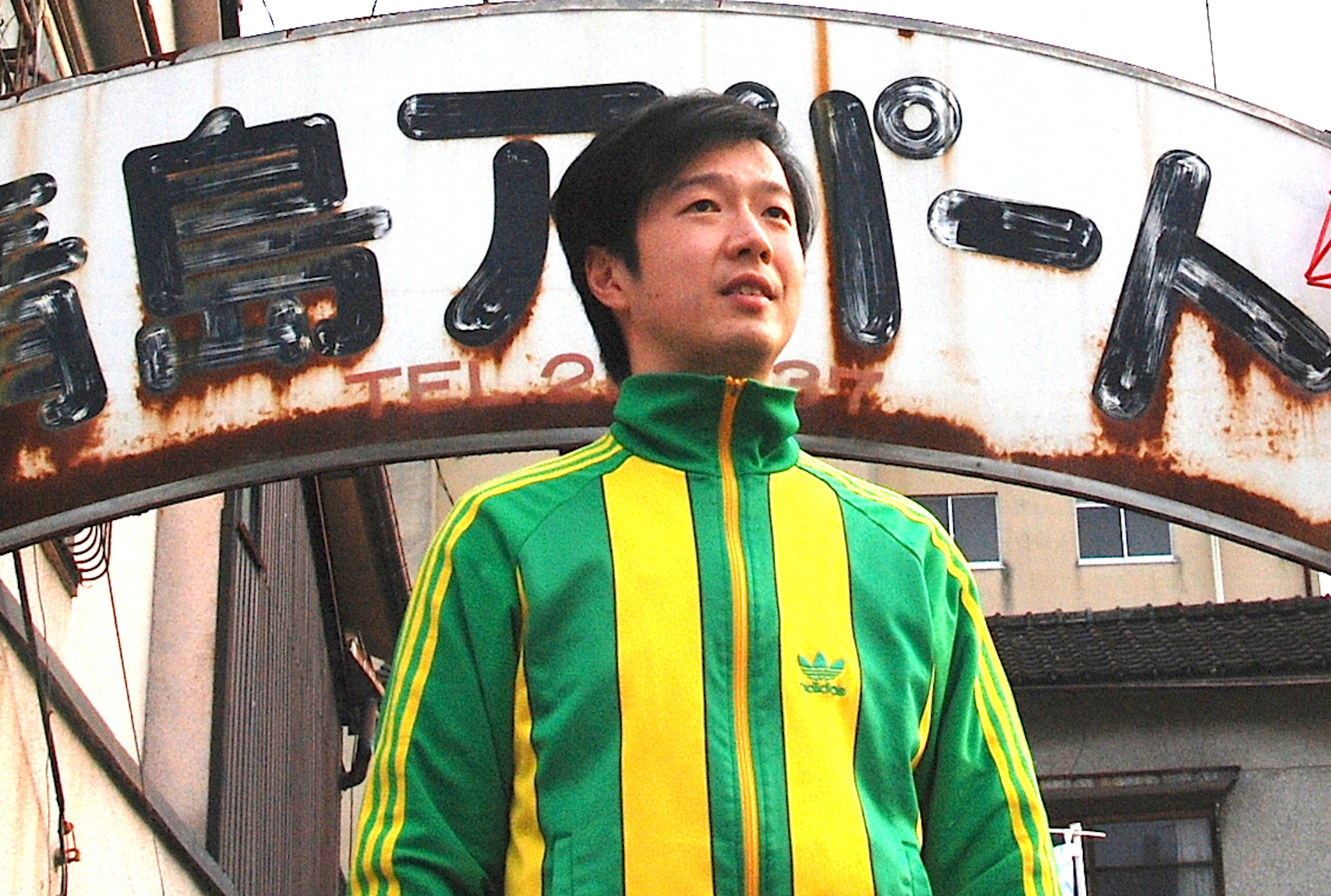
A reproduction of self-portrait of Hotoke Cape

A reproduction of self-portrait of Hotoke Cape

Masamitsu Katsu
1981 Born in Osaka
2005 Graduated from Department of Scenography, Display and Fashion Design, Musasino University of Arts
2006 “GEISAI#10” Tokyo Big-Site (Tokyo,Japan)
2007 “GEISAI Miami” SoHo Studios (Miami,U.S.A)
2009 “WakuWaku Mixed Bathing Apartment” Kiyoshima Apartment (Oita,Japan)
2016 “CIAO! The fetal movement of Advanced generation” Oita City Museum of Art (Oita,Japan)
2010-18 “Kiyoshima Open Apartment” Kiyoshima Apartment (Oita,Japan)
This is the first new piece in a series of 100, to be produced over the next few years, starting in my tenth year of living in Beppu. It is of a mountain, seen from Beppu Bay, that looks like a woman sleeping on her back. As it has also been likened to the Buddhist deity Kannon, the area has been called Hotokezaki (“Buddha Cape”) since the Edo period. It’s as if Hotokezaki drew a picture of itself, entitled it “Hotokezaki Self-Portrait”, and I reproduced that. The second piece onward will also be “reproductions” of pictures as if drawn by things characteristic of Beppu (whether they’re people or not), which have gathered around the hot springs that have been flowing since long ago. When the series is completed, I’ll display all 100 side by side.
The executive director of Higashiyama Artists Placement Service (HAPS)/The artistic director of Vincom Center for Contemporary Art
[Comment by Selector]
Masamitsu Katsu (born in 1981, living in Beppu) is mainly known for his pencil drawings. The act of drawing or sketching is generally considered to be one of study or basic practice. When a sketch or drawing is a completed piece, there is some kind of reversal of value. Rather, Katsu’s art practice advances toward the limits of drawing’s ability to quickly and accurately capture the subject. This can be seen as giving durability to speed (like Le Mans, rather than F1), to accurately depict “imaginary facts” beyond realism. There, his subjects are no longer limited to objects; they transition to a phenomenon, his time, and his life itself.